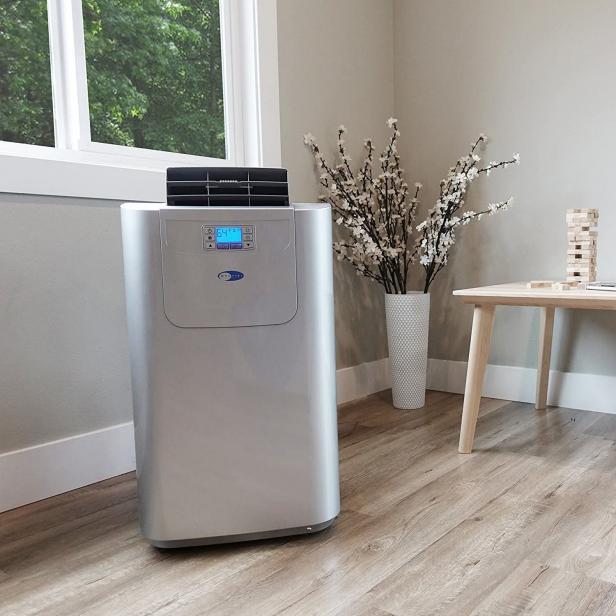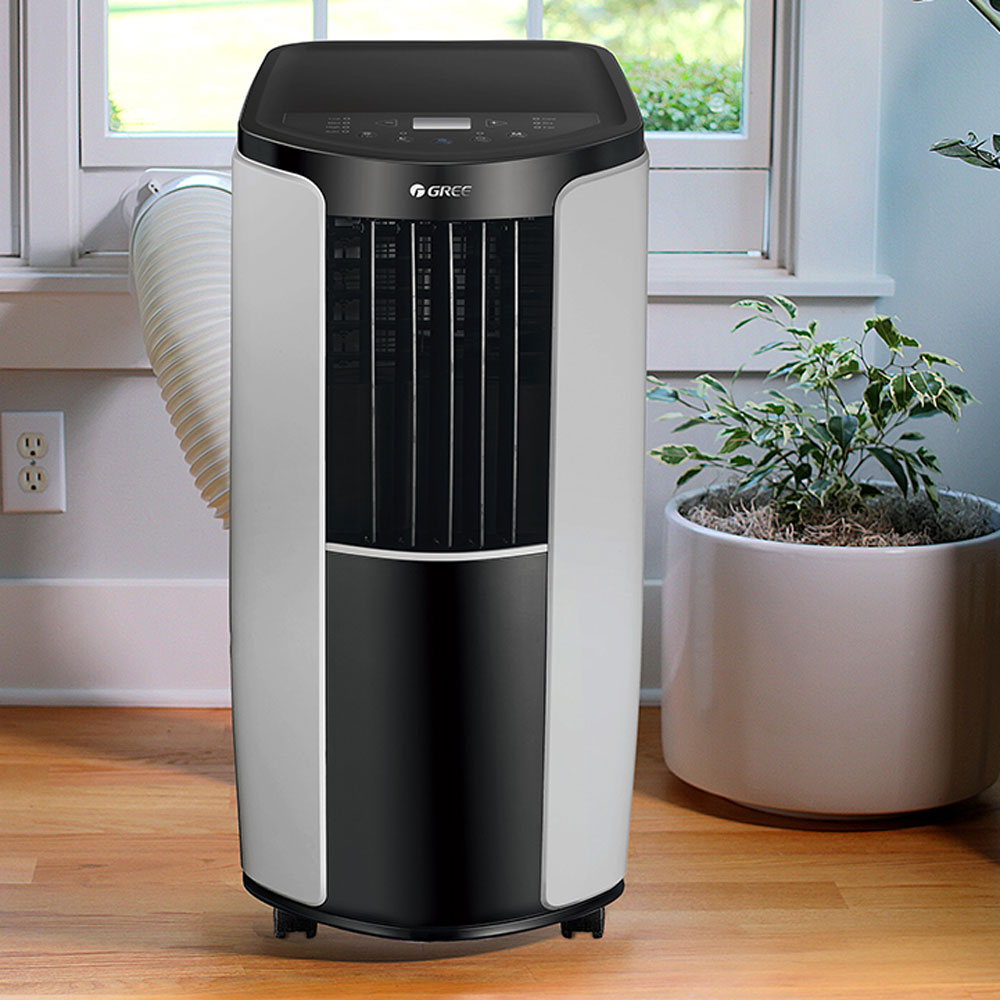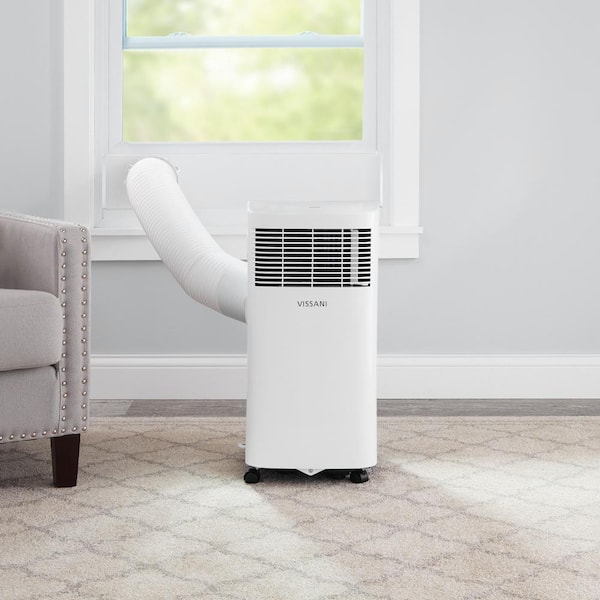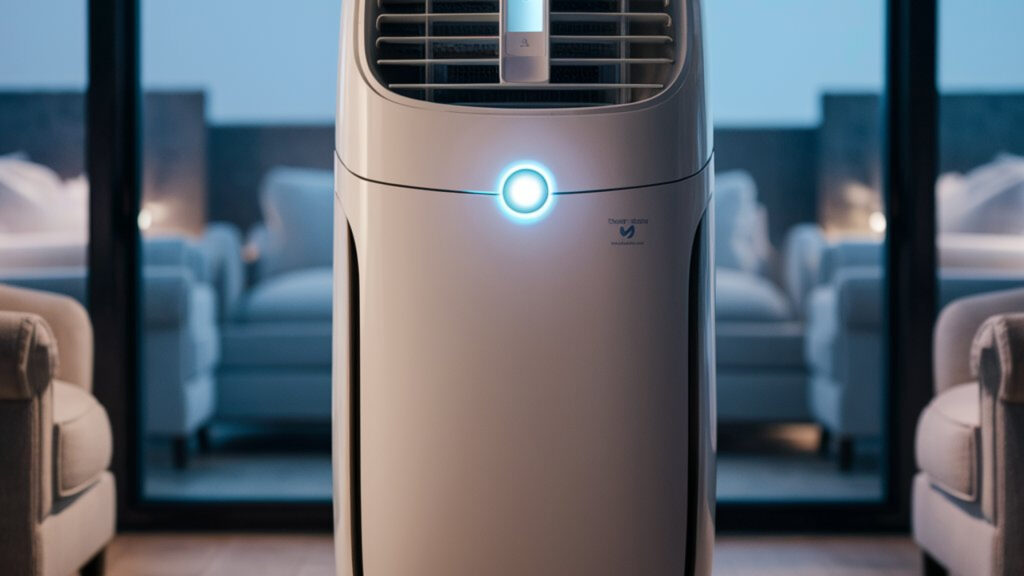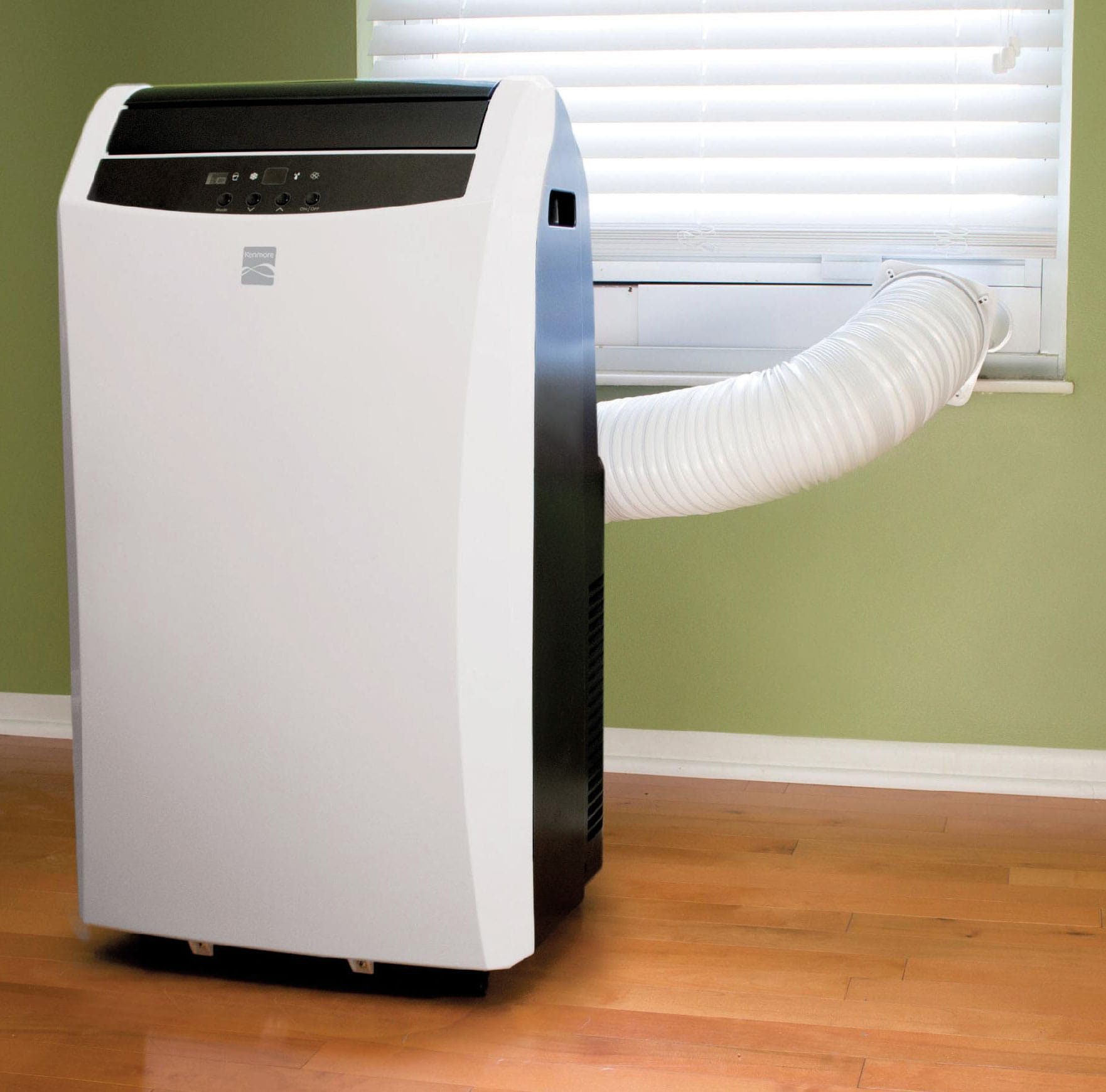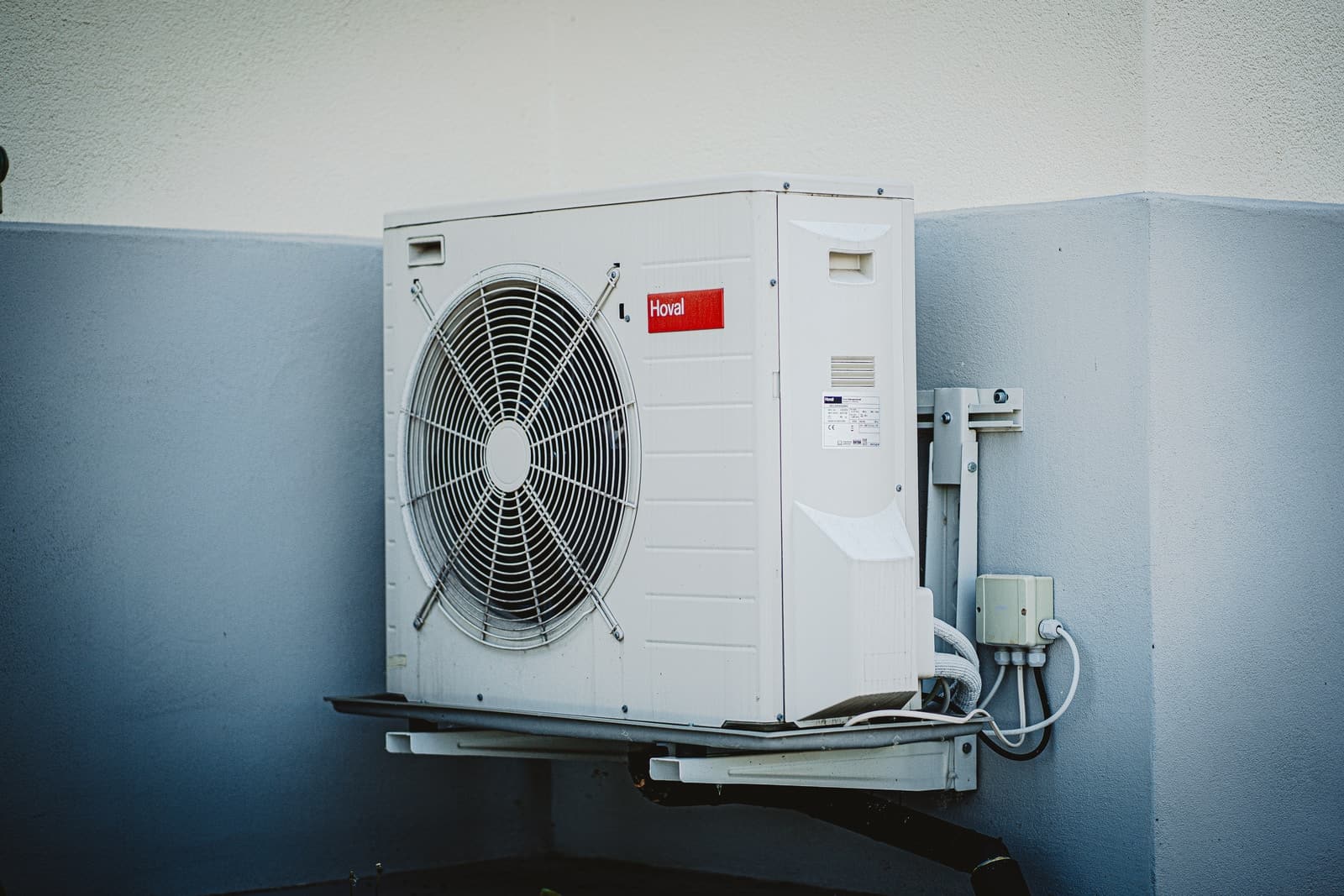What Is The Largest Portable Air Conditioner
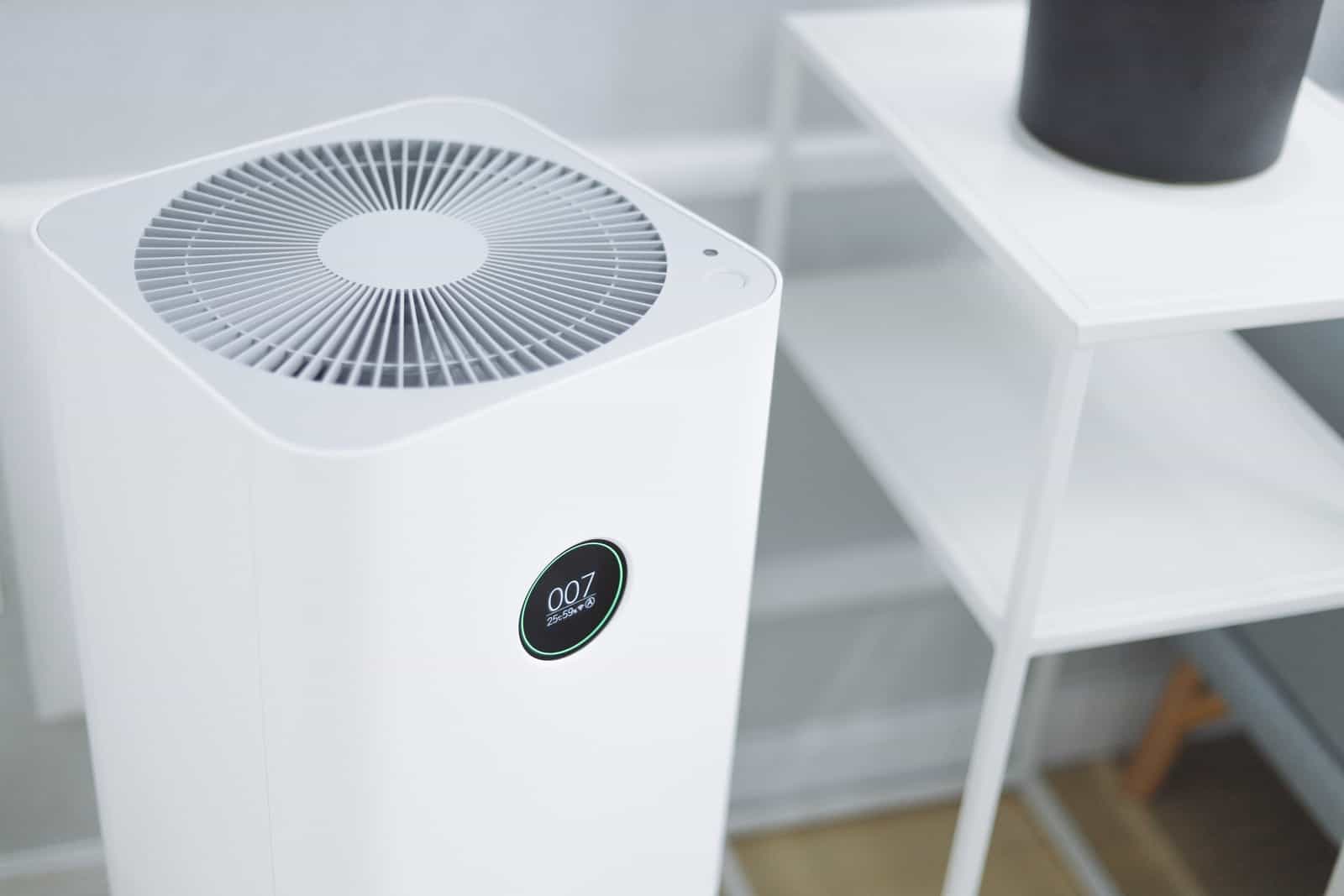
In the sweltering heat of summer, the quest for effective cooling solutions intensifies. As traditional central air conditioning systems can be costly to install and operate, many are turning to portable air conditioners. The question on everyone's mind is: what is the largest, most powerful portable air conditioner available, and what are its capabilities?
This article delves into the realm of high-capacity portable air conditioners, exploring their cooling power, physical dimensions, features, and the trade-offs involved in selecting such a unit. We aim to provide a comprehensive overview for consumers and professionals seeking robust, mobile cooling solutions, examining industry data and expert opinions to present a balanced perspective.
Understanding Cooling Capacity
The cooling capacity of an air conditioner is measured in British Thermal Units (BTUs). A higher BTU rating indicates a greater ability to remove heat from a space. For portable air conditioners, BTU ratings typically range from 5,000 to 14,000, but some larger units push beyond this range.
When searching for the "largest" portable air conditioner, we primarily consider BTU rating, as it directly reflects cooling power. However, physical size and features also play a crucial role in determining overall suitability.
Defining "Largest": BTU and Physical Size
While BTU rating is the key indicator of cooling power, physical size is another factor. Some units, despite having high BTU ratings, might be more compact due to advanced engineering.
Conversely, a unit might be physically large due to design constraints or added features like larger water tanks for extended operation. It's essential to consider both factors to determine what "largest" means in a practical sense.
Contenders for the Title
Several portable air conditioners boast high BTU ratings, vying for the title of "largest." Models exceeding 14,000 BTU are generally considered high-capacity.
Here are a few noteworthy examples based on available data and product specifications:
- Whynter Elite ARC-14SH: This unit is frequently cited as a powerful option, often reaching the upper end of available portable AC BTUs. It is widely reviewed and known for its performance.
- Black+Decker BPACT14WT: Another contender with a 14,000 BTU rating, this model is known for its ease of use and features like a remote control.
- Honeywell HL Series: Honeywell offers several models in the 12,000-14,000 BTU range. Some models are designed with specific features like low noise operation.
It's important to note that BTU ratings can sometimes be overstated or tested under ideal conditions. Always consult independent reviews and user feedback to get a realistic sense of a unit's actual performance.
Beyond the BTU Rating: Key Features
While BTU is critical, other features influence the usability and effectiveness of a portable AC. These features include:
- Dual Hose vs. Single Hose: Dual-hose units are generally more efficient as they draw air from outside to cool the condenser, rather than using already cooled room air.
- Noise Level: High-capacity units can be noisy, so consider the decibel rating if noise is a concern.
- Dehumidifying Capacity: Many portable ACs also function as dehumidifiers, removing excess moisture from the air.
- Smart Features: Some models offer smart home integration, allowing control via smartphone or voice assistants.
Practical Considerations and Trade-offs
Choosing a large, high-BTU portable air conditioner involves trade-offs. These units are generally more expensive, heavier, and consume more electricity.
Here are some key considerations:
- Power Consumption: Check the Energy Efficiency Ratio (EER) to understand how efficiently the unit converts electricity into cooling.
- Portability: While called "portable," these units can be quite heavy and require a window for venting.
- Room Size: Ensure the BTU rating is appropriate for the size of the room you intend to cool. Over-sizing can lead to inefficient operation.
Expert Perspectives
According to Energy Star, proper sizing is crucial for efficiency. Too large a unit will cycle on and off frequently, wasting energy and not effectively dehumidifying the space.
Consumer Reports often highlights the importance of considering noise levels, particularly for bedroom use. They suggest looking for models with noise ratings below 55 decibels.
The Future of Portable Cooling
The portable air conditioner market is constantly evolving, with manufacturers striving to improve efficiency, reduce noise, and incorporate smart features. Expect to see further advancements in refrigerant technology and compressor design.
The trend towards more sustainable and energy-efficient cooling solutions is also likely to continue. The development of smaller, more powerful compressors could lead to more compact, high-BTU portable AC units in the future.
Ultimately, the "largest" portable air conditioner is not just about BTU rating or physical size. It's about finding the right balance of cooling power, features, and efficiency to meet specific needs and preferences. As technology advances, we can expect to see even more innovative and powerful portable cooling solutions emerge.


